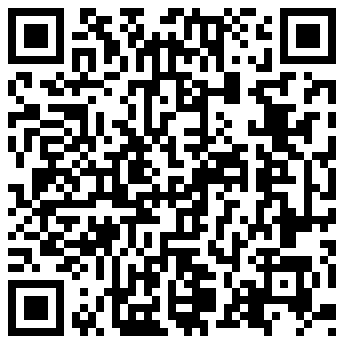Team:Washington/Optogenetics
From 2012.igem.org
| Line 11: | Line 11: | ||
<h1 id='Parts'>Parts Submitted <html><a href="#Background"><font size="3">[Top]</font></a></html></h1> | <h1 id='Parts'>Parts Submitted <html><a href="#Background"><font size="3">[Top]</font></a></html></h1> | ||
| - | {|align=" | + | {|align="left" |
![[File:AppQRCode.jpg|200px|alt=App QR Code]] | ![[File:AppQRCode.jpg|200px|alt=App QR Code]] | ||
|} | |} | ||
Revision as of 07:20, 29 September 2012
Background [Top]
Bacterial metabolic pathways constitute a foundation on which to build biological processes that perform useful tasks such as the production of drugs or biofuels, or the degradation of harmful compounds. Often, to achieve optimal efficiencies, substantial tuning of expression levels of each component of the pathway must be carried out. The burgeoning field of optogenetics affords researchers the ability to control gene expression with light. In addition to being cheap and readily available, control of gene expression with light has a number of advantages over standard chemical methods of gene control. Among these are the ability to finely tune induction levels through changes in intensity, as well as the ability to quickly and completely remove the input. Further, many light induced expression systems are reversible depending on the wavelength used for illumination. Thus one of the goals of the 2012 iGEM team is to develop a light inducible system which we hoped to apply to the tuning of multiple metabolic pathways.
Implementation [Top]
Results Summary [Top]
Future Directions [Top]
Parts Submitted [Top]

|
|---|
 "
"


